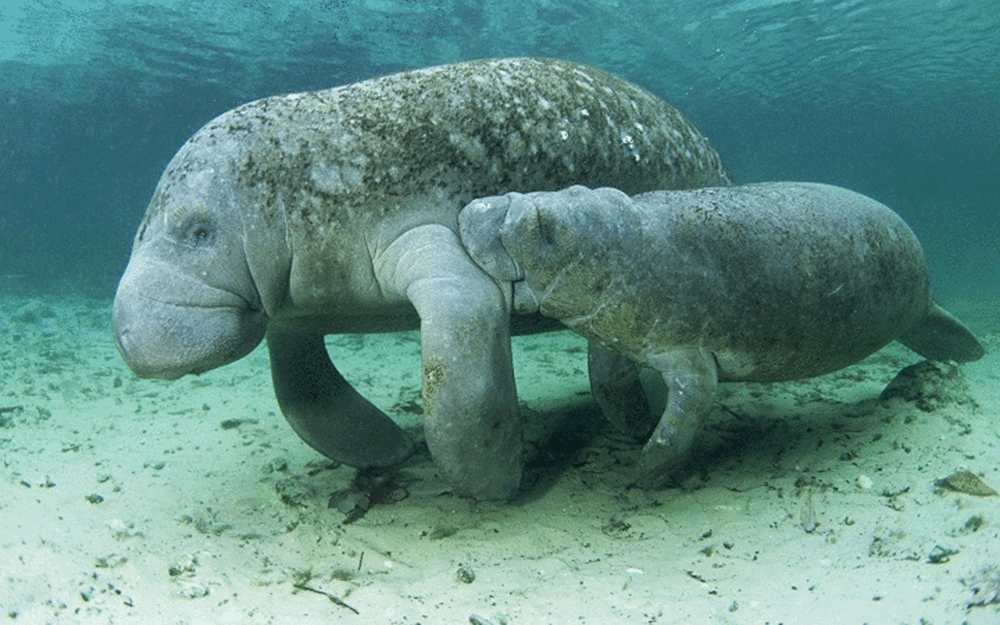As the basic unit of life, your cells contain your complete genome, consisting of nucleotides organized into genes that are used to construct proteins and other components required for cellular function. Your genome is ultimately responsible for instructing your cells in the various functions of life. We are now in the age of discovery for Genomics, the study of the structure and operation of genomes. Where Charles Darwin collected individual members of various species for study; we are now collecting the genetic information for those species. Completing the genome sequence for a species enables scientists to better understand its origins, and can help in conservation and management of endangered species.
What is sequencing?
The nucleotides can be thought of as the letters in the book of the genome, except that they consist of 4 organic molecules instead of 26 alphabetic characters. Sequencing is the interpretation of those characters as the story of the species. Sequencing a species involves extracting the genetic information (DNA consisting of strings of nucleotides) from cells of an individual and "reading" them, converting strands of DNA to digital information. As techniques improve and new sequencing systems are developed, the cost of assembling sequence information falls, from $3,000,000,000 for the initial national human genome project in the 1990s, to less than $10,000 to sequence that same person today. Species that have not been sequenced are more expensive since assembling the sequence cannot be automated to the same extent. Currently it costs approximately $15,000 to acquire samples, generate the raw sequence information, identify genes, assemble chromosome structures and complete the sequencing of the entire genome for a species that has not previously been sequenced.
How are the students involved?
One of the unique aspects of this project is that undergraduate students will take on every role in the project. Where a few labs may involve undergraduate students in some of the highly automated parts of sequence assembly, we will create a team consisting exclusively of undergraduate students to perform all aspects of assembly, from laboratory processing of the samples, to construction of the gene and chromosome structure using computers, as well as having them perform overall project management. This enables them to learn not only the tasks involved in the process, but the pitfalls inherent in the process of scientific discovery. Faculty will be available to consult when necessary, but the students are in charge of all aspects of completing the genome assembly. We see our role as training the next generation of scientists who will build a database of the genomic diversity found in the millions of unique species on Earth.
Are any animals hurt in this process?
No animals are hurt. The cells required for sequencing can come from any tissue, including blood, fur or feathers. For each of these species, tissue samples are already available as part of existing conservation efforts.
Why sequence the Manatee?
The manatee is an aquatic mammal that lives in Florida waters. They can be found in rivers, bays, estuaries and costal waters. They are gentle animals, often called the “sea cow”, and are largely herbivorous. The manatee is protected by the Endangered Species Act. Currently, there are estimated to be some 4,800 manatees in Florida. Manatees greatest threats are watercraft-related mortality and loss of warm-water winter habitats. The manatee is an endangered species, so understanding how genes flow within this species that reside in different habitats will help shape conservation efforts. In general it is thought that more genetic diversity is better for species survival. The manatee also has an interesting evolutionary history and is more closely related to elephants than to other marine mammals. Scientists will be able to learn about the genes that facilitated this evolutionary transition.
